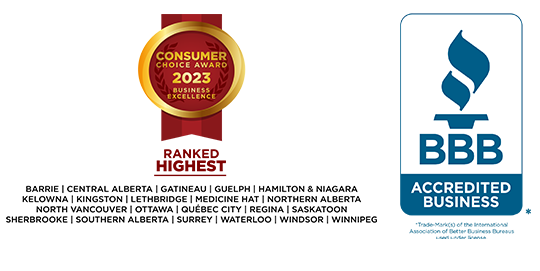Can I File For Chapter 7 Bankruptcy
2014-09-19 minute read
On occasion people with debt problems may indicate that they are contemplating filing Chapter 7. Chapter 7 refers to a section of the United States Code that provides for the liquidation of an individual’s non-exempt property and the distribution of the proceeds amongst his or her creditors

In Canada, an individual (or company) with debt problems may consider the equivalent of Chapter 7 by filing an assignment in bankruptcy under the federally legislated Bankruptcy and Insolvency Act. In summary, bankruptcy is a legal process which gives immediate protection to individuals who are in severe financial difficulty. Once a person files an assignment in bankruptcy, a stay of proceedings comes into effect that prohibits creditors from continuing their collection efforts, giving you relief from creditors. During the process, there are a number of duties to complete including debt counseling sessions and submission of monthly income and expense statements. The Trustee must also file your income tax return for the year in which you are filing for bankruptcy and may also file any other previously unfiled statutory returns. If you are entitled to a tax refund, it will go to the bankruptcy estate for the benefit of your unsecured creditors. Similarly, if you are entitled to quarterly GST credits, you will lose those for a period of time. Child tax benefits are not affected by bankruptcy and if you are eligible, you would continue to receive these benefits throughout the process.
If you complete your duties in 9 months and this is your first bankruptcy, you are eligible for an automatic discharge. The unsecured debts that you had are discharged (i.e. forgiven) and you’ll get a fresh financial start. Certain debts are not discharged including but not limited to child support, alimony, student loan debts (if out of school less than 7 years), fines and debts arising from fraud. In some cases, the discharge may not occur until the expiration of 21 months. This additional 12-month period applies if you have “surplus income” i.e. where your net income exceeds a guideline set by the federal government (Office of the Superintendent of Bankruptcy). A second-time bankruptcy involves time periods of either 24 months (no surplus) or 36 months (surplus applies).
The United States Code includes other Chapters (11 and 13) that involve reorganization. By comparison, the Bankruptcy and Insolvency Act of Canada also includes provisions that allow for formal debt restructuring or debt settlement arrangements. A Consumer Proposal, also known as a Division II Proposal, may be considered if your total debts are less than $250,000, excluding a mortgage on your principal residence. Alternatively, a Division I Proposal may be considered where debts exceed $250,000, excluding a mortgage on your principal residence.
If you are experiencing debt problems, contact a licensed Trustee at your nearest MNP office for a free assessment of your financial situation. There may be several options available to you based on your own unique situation.

